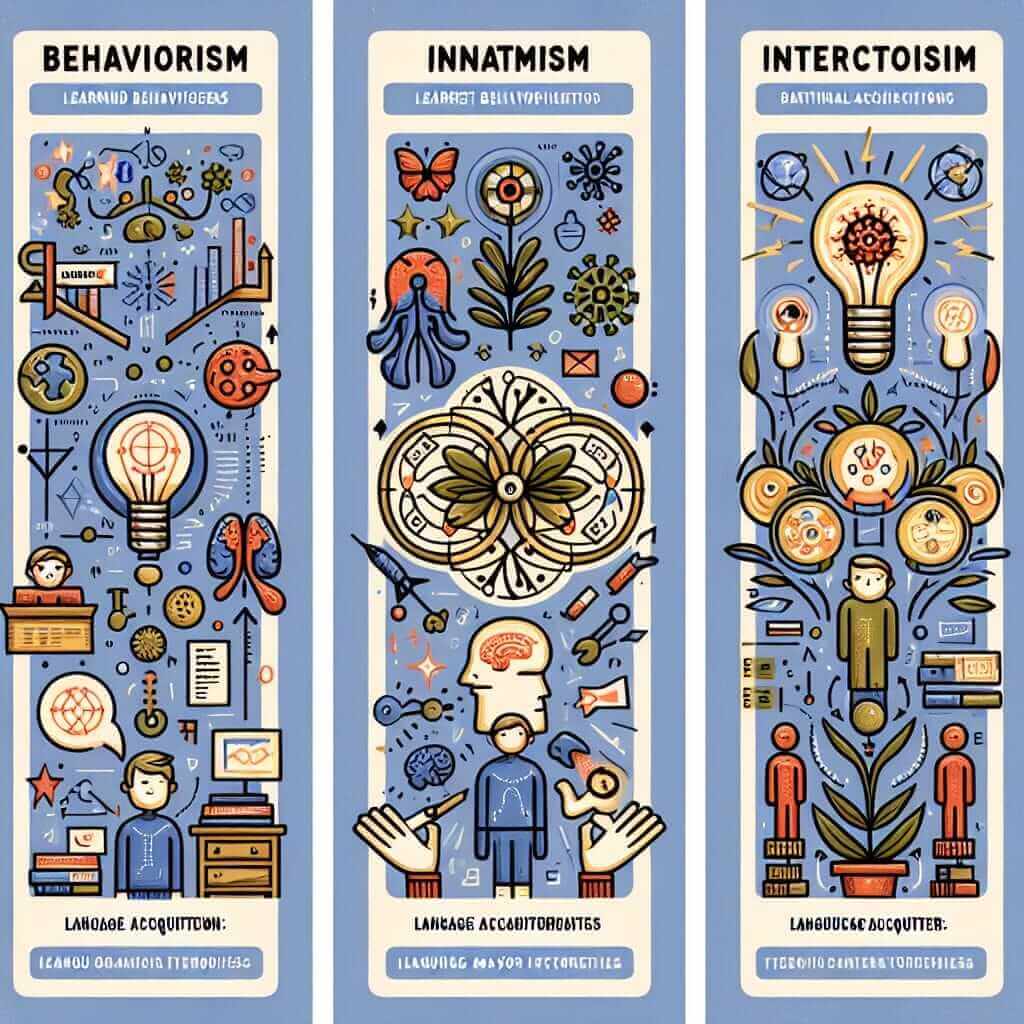As an IELTS instructor with over two decades of experience, I often encounter students who are fascinated by the topic of language acquisition, particularly how infants effortlessly acquire their native tongue. This fascination frequently spills over into the IELTS Reading section, where passages on this subject are common. Today, we’ll delve into the intricacies of “how babies learn language” in the context of IELTS Reading, providing you with valuable insights and strategies to master this topic.
Nội dung bài viết
Understanding Language Acquisition in IELTS Reading
The IELTS Reading section assesses your ability to comprehend complex texts and extract relevant information. Passages on language acquisition often explore theories, stages of development, and factors influencing a child’s ability to learn a language. You might encounter discussions on:
- Behaviorism: This theory posits that language is learned through imitation, reinforcement, and conditioning.
- Innatism: This perspective argues that humans are born with an innate capacity for language, often referred to as the “Language Acquisition Device” (LAD).
- Interactionism: This theory emphasizes the interplay between innate abilities and social interaction in language development.
 Language Acquisition Theories
Language Acquisition Theories
Common Question Types
Expect to encounter question types such as:
- Matching headings: Identifying the main idea of paragraphs or sections.
- True/False/Not Given: Determining whether statements align with the information presented in the passage.
- Sentence Completion: Filling in gaps with words or phrases from the text.
- Multiple Choice: Selecting the best answer from a list of options.
Decoding IELTS Reading Passages: A Strategic Approach
Navigating complex reading passages requires a strategic approach:
-
Skim and Scan: Begin by skimming the passage to grasp the general topic and structure. Then, scan for keywords related to the questions.
-
Identify Key Arguments: Pay close attention to the main ideas presented in each paragraph. Look for topic sentences that summarize the key points.
-
Focus on Evidence: IELTS Reading questions are evidence-based. Ensure your answers are directly supported by information from the passage.
Example: Applying Your Knowledge
Let’s assume you encounter a passage discussing the “critical period hypothesis,” which suggests a limited timeframe for optimal language acquisition. A potential question could be:
“According to the passage, what evidence supports the critical period hypothesis?”
To answer this, you’d need to locate the section discussing the hypothesis and identify specific evidence cited in the passage.
Tips for Success
- Expand Your Vocabulary: Familiarize yourself with common terms related to language acquisition, such as “phonology,” “semantics,” and “syntax.”
- Practice Active Reading: Engage actively with the text by underlining keywords, taking notes, and summarizing paragraphs in your own words.
- Utilize Practice Tests: Regularly attempt IELTS Reading practice tests from reputable sources to hone your skills and build confidence.
Conclusion
Mastering the complexities of language acquisition within the IELTS Reading section requires a focused approach, a strong vocabulary, and effective reading strategies. By understanding the common themes, question types, and utilizing the provided tips, you’ll be well-equipped to achieve a high score. Remember, consistent practice and a genuine interest in the subject matter will undoubtedly contribute to your success.


